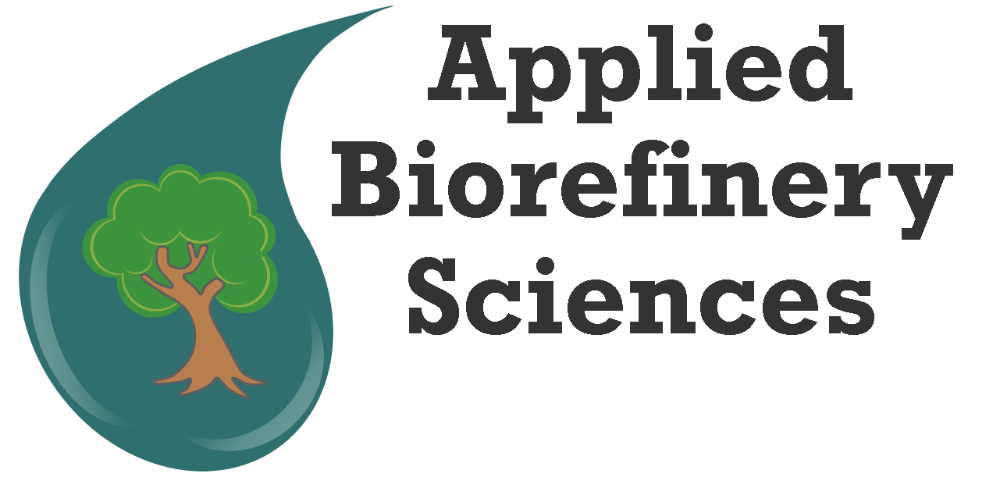.jpg)
Value-Added Product Recovery
Chemical separation and recovery, as patented by Applied Biorefinery Sciences, occurs after hot water extraction and involves a sequence of steps which separate and purify hemicellulose and other compounds. Some of the hemicellulose is then converted to simple sugars through an autocatalytic process.
Nearly all of the extracted compounds are able to be recovered for commercial sale. These sustainably-sourced chemicals include: readily fermentable sugars, non-sulfonated lignin, acetic acid, methanol, formic acid, and furfural. The separation, purification, and recovery process involves numerous combinations of physical barriers and complex chemical reactions, and require careful control over the process and conditions.
The recovered and purified sugars have been cited as “highly (or readily) fermentable” by independent U.S. research laboratories, as well as by private sector companies performing research and development for commercialization of fermentation based products. The ease of fermenting ABS sugars make them desirable as a feedstock for the production of advanced biofuels. The cost of producing these sugars are small compared to competing technologies because ABS technology does not require large chemical inputs or expensive waste clean-up systems that are typical of other approaches.
All of the compounds recovered from the ABS biorefinery process exist naturally inside of lignocellulosic biomass, and were simply released, isolated, and purified. Producing a supply of chemicals in this manner will serve as a sustainable alternative to the technique of refining fossil fuels. Recovering these byproducts creates added value not previously realized by traditional forest industries.
